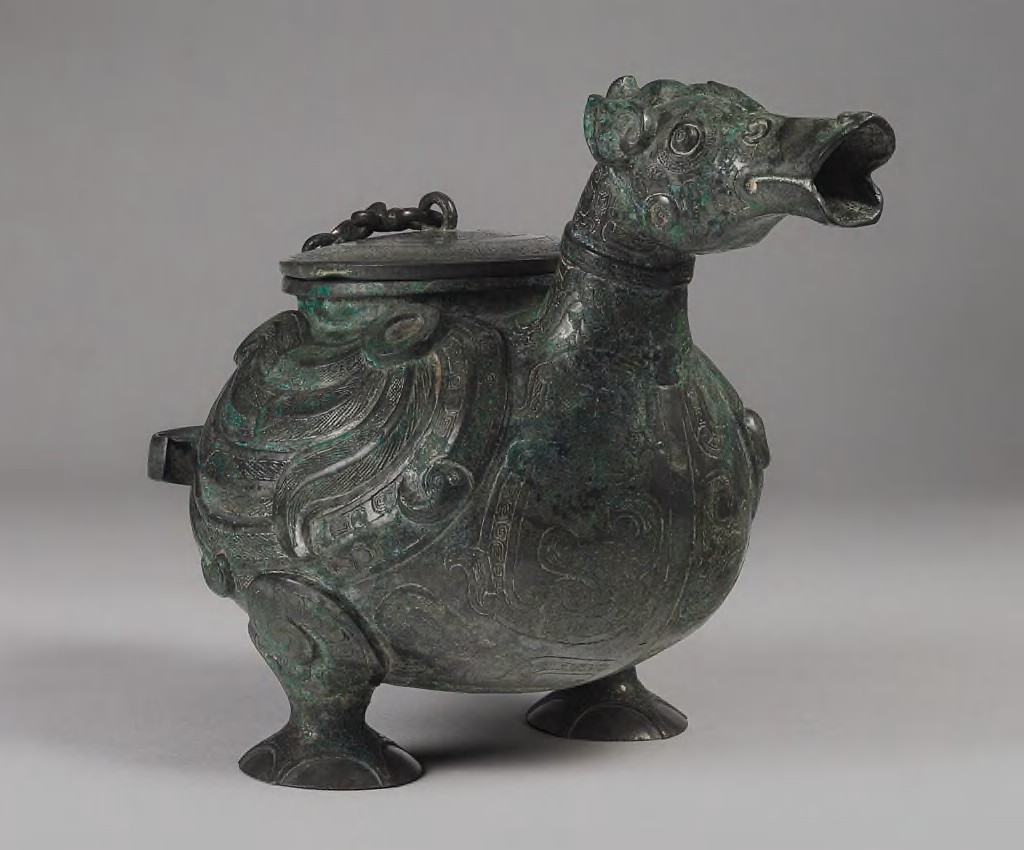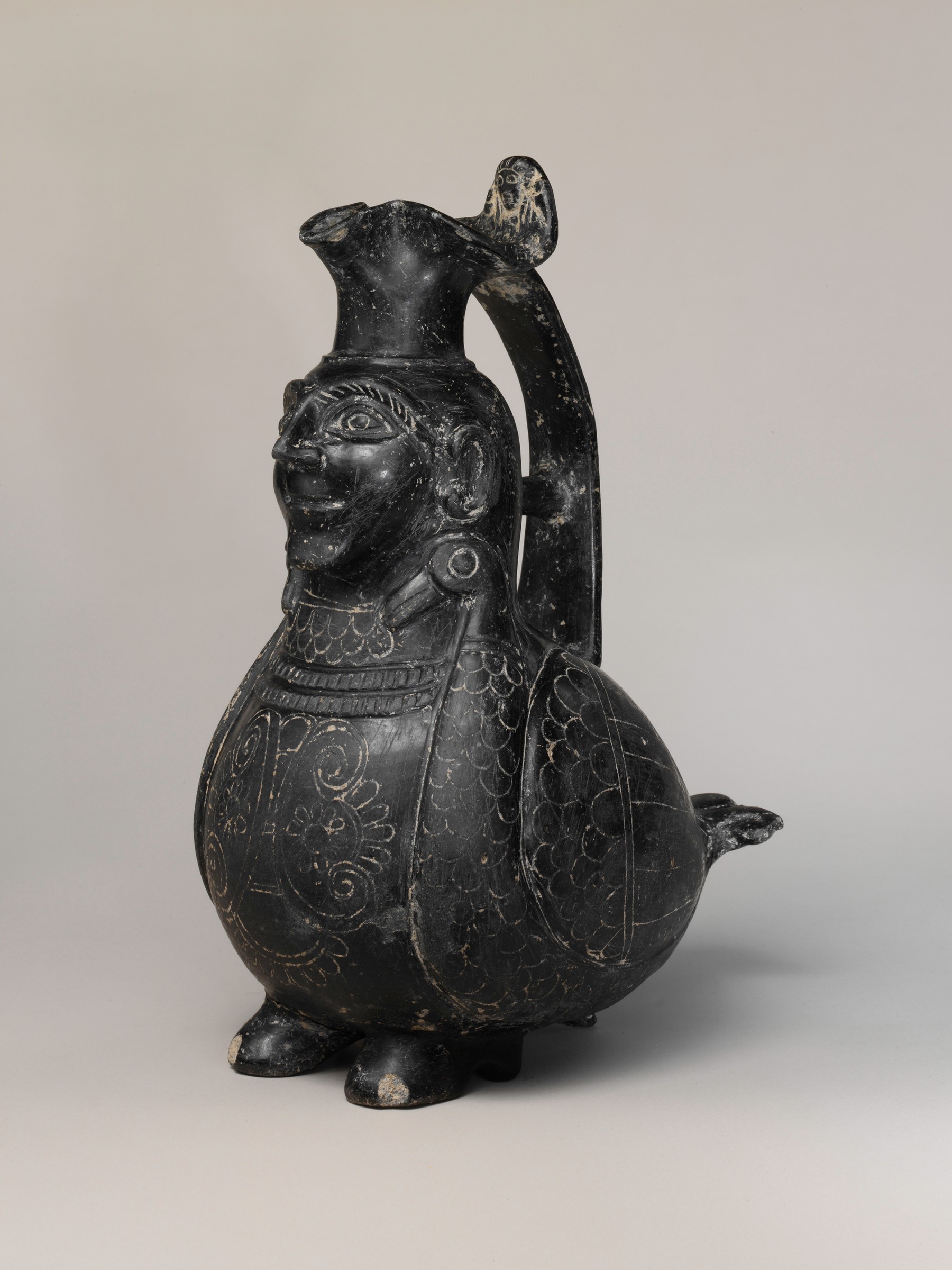Animal-Shaped Vessels from the Ancient World: Feasting with Gods, Heroes, and Kings

Harvard Art Museums, Cambridge, MA
September 7, 2018 – January 6, 2019
Hey drink, drink, drink, everybody pour me another– Lil Jon, “Drink” from Party Animals
Nunc Est Bibendum (now is the time for drinking)– Horace, Odes
Never has the “party animal” been so at home in the world of art. Currently on view at the Harvard Art Museums, Animal-Shaped Vessels from the Ancient World: Feasting with Gods, Heroes, and Kings celebrates the conviviality and creativity of drinking containers. The exhibition, on view through January 6, 2019, displays seventy-five objects spanning four-thousand years. The vessels vary in terms of time period, geography, form, and material, but they all share a common function: as receptacles used for celebratory, ritualized drink.

Upon entering the exhibition, visitors are greeted with two vessels from two cultures: a sixth-century BCE Etruscan vase shaped like a siren and a fifth-century BCE bronze ritual vessel from China shaped like a duck (Figs. 1 and 2). Elsewhere in the gallery, two vitrines display a seventeenth-century gilded automata in the shape of a stag and a fifth-century BCE terracotta vessel with a crocodile side by side. The seeming disorder proves intentional and effective; by placing these objects within close proximity, the careful installation demonstrates the formal and material similarities across time and space: an interest in predators, mythological beasts, and horned creatures as favorites on drinking containers.

A closer look at these vessels brings their materiality into focus and showcases the creativity and skill of artists. The surface of a twentieth-century Cameroonian drinking horn features intricate, patterned carvings. The horn then tapers off into a three-dimensional beaded, figural head (Fig. 3). In other instances, such as an Athenian fifth-century BCE drinking mug in the shape of an eagle head, the artist decorated the exterior with a variety of patterns, from scale-like feathers, to delicate white lashes around the eyes, and a beak with purple, red, or white brushstrokes. The show also includes a small selection of other visual and material culture that contextualizes the ubiquity of drinking. In Lawrence Alma-Tadema’s Women of Amphissa, Greek women awaken in the marketplace after a night of carousing and celebrating the god of wine, Dionysus. A stone panel from a Qi dynasty funerary bed displays a scene where divinities feast and drink together in a world beyond the living.

Yet the greatest strength of this show is surprisingly not how drinking vessels relate to gods, heroes, and kings, but rather how they relate to humans doing very human things. From the gilded silver rhtyon (drinking horn) ostentatiously showing off the wealth of the fourth-century Achaemenid empire to the oldest object in the exhibition, an Assyrian bibru (drinking vessel) artfully molded into the shape of a leopard, animal vessels continuously reassert how humans used objects to connect themselves to one another through humor, skill, culture, and drink. As anthropologist Michael Dietler proposed in his opening lecture for the exhibition, the act of drinking represents an “embodied material culture” used by groups to cement very human ties and relationships.[1] Animal-Shaped Vessels uses objects to bind cultures, people, and places together with the inherently communal act of sharing a drink.
Alex Yen
Download Article
____________________
[1] Michael Dietler, “Liquid Material Culture: Anthropological Explorations of Alcohol and Drinking Vessels,” (lecture, Harvard Art Museums, Cambridge, MA, September 6, 2018).